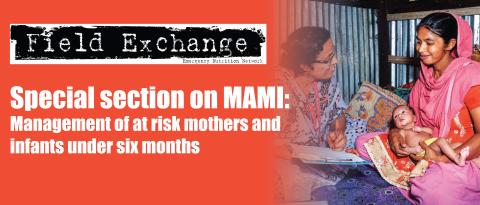Global humanitarian assistance report 2018
An estimated 201 million people in 134 countries needed international humanitarian assistance in 2017, a fifth of whom were in just three countries – Syria, Yemen and Turkey. A small number of complex crises continue to absorb the majority of humanitarian assistance: 60% of all assistance was channelled to ten countries only, with 14% going to Syria, the largest recipient, and 8% to Yemen, the second-largest. Conflict continues to feature as the main contributor to humanitarian need.
A record US$ 27.3 billion was allocated to humanitarian response, yet the rate of growth of humanitarian assistance continues to slow, with only a 3% increase for the second consecutive year (following increases of 20% and 16% respectively in 2014 and 2015). Whilst contributions from governments and European Union institutions only grew by 1.4%, private donors increased their contributions by 9% (the largest proportion of which came from individuals).
The amount requested by 41 UN-coordinated appeals in 2017 reached a high of US$25.2 billion, driven by ongoing crises in Syria, Yemen, Somalia and Nigeria, and new large appeals in Ethiopia and Pakistan. These appeals saw a record response of US$14.9 billion, but a funding shortfall of 41%, the largest to date.
In 2016, US$12.3 billion or 60% of all direct government funding went to multilateral agencies (primarily United Nations agencies) in the first instance. Non-governmental organisations (NGOs) received US$4.0 billion directly – 20% of the total. A growing majority of this went to international NGOs, who received 94% of all funding to NGOs in 2017, up from 85% in 2016. There was a slight increase in direct funding to national and local NGOs, from 1.7% of all NGO funding in 2016 to 2.7% in 2017. But local and national NGOs received just 0.4% directly of all international humanitarian assistance reported to the Financial Tracking Service in 2017, a rise of just 0.1% from 2016. Improved reporting, with lower volumes of funding being categorised as ‘undefined’, may in part explain the changes seen in 2017.
Funding volumes through the flexible funding mechanisms termed pooled funds continue to grow, reaching a record total of US$1.3 billion in 2017. Consistent and comparable data on multi-year funding remains unavailable, but a review of UN-coordinated appeals suggests an increase in the volume of requirements for multi-year appeals, despite a reduction in their number. An estimated US$2.8 billion of international humanitarian assistance was allocated to cash transfer programming in 2016, a 40% increase on 2015.
The full report and executive summary are available here.


